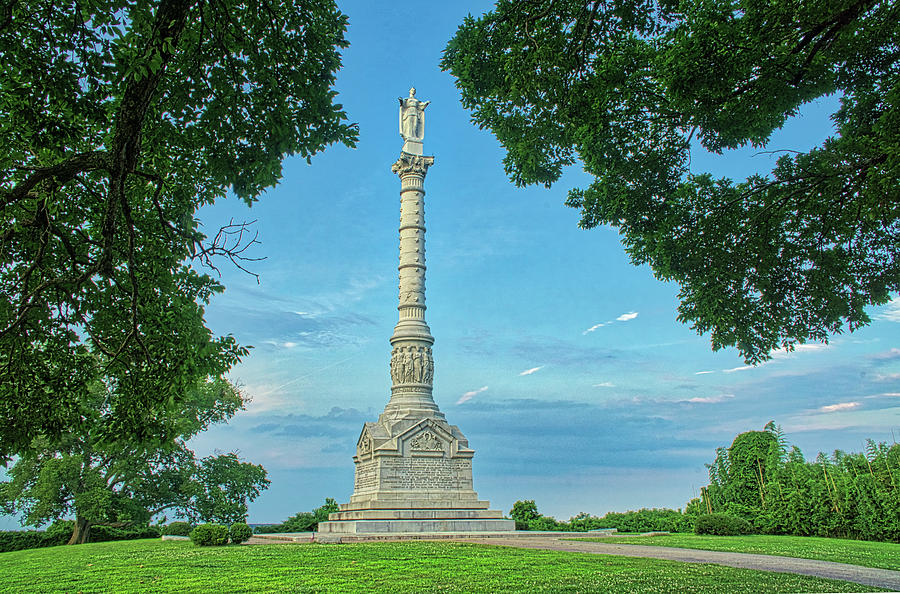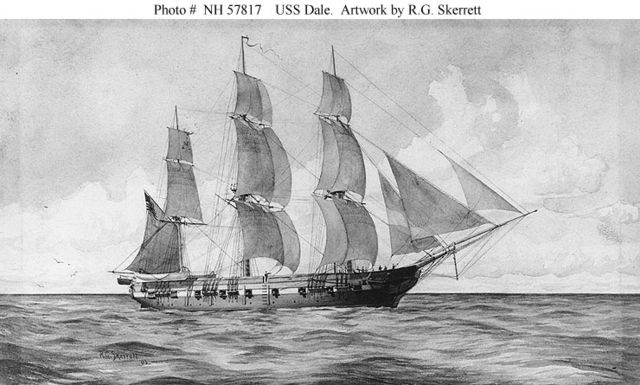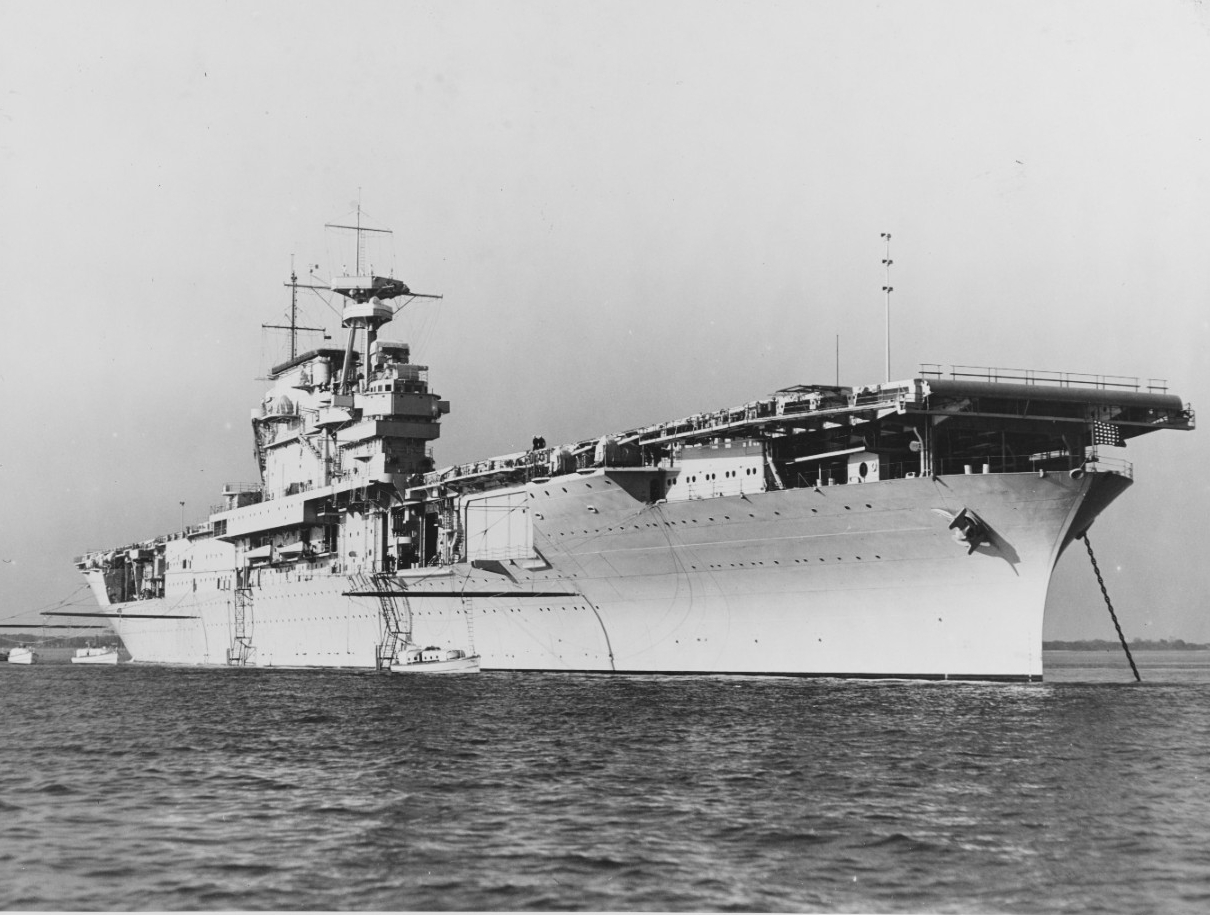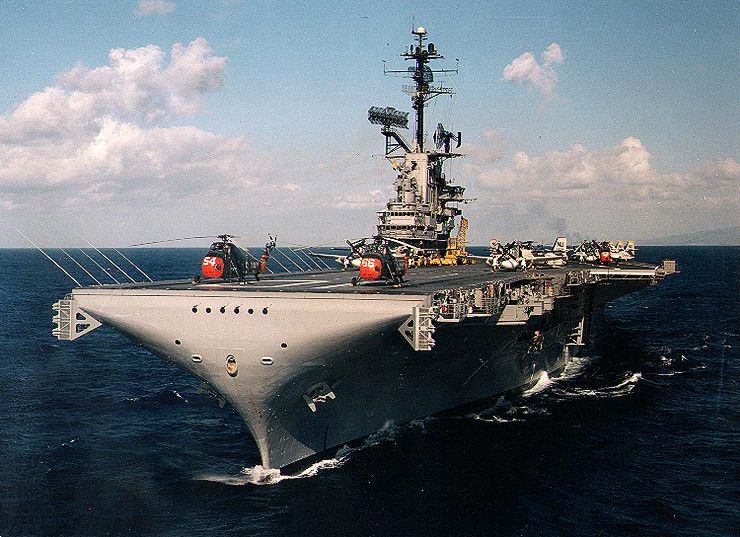The Sim
The USS Yorktown is a Constitution III Class starship currently serving in Theta Fleet's Area 51.
Check out our Sister Sims!



 Origin of the Yorktown Name:
Origin of the Yorktown Name:Named for the ancient city of York in Yorkshire, Northern England (its own name likewise derived from the Brittonic name “Eburākon,” or “Place of the Yew Trees”), the town of Yorktown, Virginia was founded in 1691 as a port on the York river for English colonists to export tobacco to Europe. The town and the nearby area were significant to the early history of the United States of America, as it was the base of General Chris Cornwallis during the 1781 Siege of Yorktown, which was the last major battle of the American Revolutionary War.
Four score and one year later, Yorktown was once again the site of a major battle, this time during the first American Civil War as the town was captured by the Union following the 1862 Siege and Battle of Yorktown, and was used as a base by the Union Army of the Potomac under General George B. McClellan to launch an attack on the Confederate capital of Richmond.
History of the Yorktown (1839-2403)
Named after the historically significant town of Yorktown, Virginia, the USS Yorktown has a long history of many different ships dating back to the 1830s and has had a huge impact on the naval capacity of both the United States of America and the United Federation of Planets.
 The first recorded vessel to carry the name Yorktown was a 16-gun sloop-of-war of the United States Navy, one of six war ships authorized by the Congressional Act of April 3, 1837. While the first of these ships, the USS Princeton, became the navy's first screw steamer, the Yorktown became a third class-sloop along with the remaining ships of the order. She was laid down in 1838 by the Norfolk Navy Yard, Launched on June 17, 1839 and commissioned on November 15, 1840, with Commander John H. Aulick in command.
The first recorded vessel to carry the name Yorktown was a 16-gun sloop-of-war of the United States Navy, one of six war ships authorized by the Congressional Act of April 3, 1837. While the first of these ships, the USS Princeton, became the navy's first screw steamer, the Yorktown became a third class-sloop along with the remaining ships of the order. She was laid down in 1838 by the Norfolk Navy Yard, Launched on June 17, 1839 and commissioned on November 15, 1840, with Commander John H. Aulick in command.She was mainly used for patrol duties in the Pacific and anti-slave trade duties in African waters. On September 16, 1850, she struck an uncharted reef about a mile off the northern coast of Maio Island in the Cape Verde Islands. Although the ship broke apart in a very short amount of time, all hands survived the sinking.
 The second vessel and first lead ship of its subsequent class to carry the name Yorktown was PG-1, a steel-hulled, twin-screw gunboat in the United States Navy in the late 19th and early 20th centuries. Laid down by William Cramp & Sons of Philadelphia on May 14, 1887 and launched on April 28, 1888, she was formally commissioned on April 23, 1889.
The second vessel and first lead ship of its subsequent class to carry the name Yorktown was PG-1, a steel-hulled, twin-screw gunboat in the United States Navy in the late 19th and early 20th centuries. Laid down by William Cramp & Sons of Philadelphia on May 14, 1887 and launched on April 28, 1888, she was formally commissioned on April 23, 1889.At launch, Yorktown joined the Squadron of Evolution of "New Navy" steel-hulled ships. Detached from that Squadron, under the command of Robley D. Evans, sailed to Valparaiso, Chile during the 1891 Baltimore Crisis and relieved the USS Baltimore at that port. After the crisis was resolved, Yorktown took part in the joint British-American sealing patrol in Alaskan waters and duty on the Asiatic Station before returning to the United States in 1898. She was out of commission during the Spanish-American War, but took part in the American-Philippine War and Boxer Rebellion in 1899 and 1900, respectively, following her recommissioning on November 17, 1898.
After three years out of commission between 1903 and 1906, Yorktown hosted the Secretary of the Navy on board when the Great White Fleet (Among which was the Maine-class Battleship USS Missouri) on its arrival in San Francisco in May 1908. Over the next five years, most of Yorktown's time was spent on sealing patrols in Alaska and duty in Latin American ports. From July 15, 1912, Yorktown was out of commission for alterations, but resumed operations of the Mexican, Nicaraguan, and Honduran coasts from April 1, 1913 through Earth's First World War.
In April 1918, Yorktown left for the east coast of the United States, where she served as escort for one convoy headed to Halifax that August, and remained on coastal escort duties on the east coast until January of 1919. After returning to the west coast, arriving in San Diego in February of 1919, she was decommissioned for the fourth and final time on June 12, 1919. She was sold for scrap in 1921 to an Oakland firm and met her demise at the cutter's torch that same year.
 The third vessel and second lead vessel of its subsequent class to carry the name Yorktown was CV-5, an aircraft carrier that served in the United States Navy during Earth's Second World War. She was commissioned on September 30, 1937, and her class was designed on the basis of lessons learned from operations with the converted battlecruisers of the Lexington-Class and the smaller, purpose-built USS Ranger.
The third vessel and second lead vessel of its subsequent class to carry the name Yorktown was CV-5, an aircraft carrier that served in the United States Navy during Earth's Second World War. She was commissioned on September 30, 1937, and her class was designed on the basis of lessons learned from operations with the converted battlecruisers of the Lexington-Class and the smaller, purpose-built USS Ranger.Yorktown was at port in Norfolk, Virginia on December 7, 1941, having just completed a patrol of the Atlantic Ocean. Following the Japanese Attack on Pearl Harbor, Yorktown sailed to San Diego in late December 1941 and was incorporated as the flagship of Task Force 17. Together, with the carrier USS Lexington, she successfully attacked Japanese shipping of the east coast of New Guinea in early March 1942. Her aircraft sank or damaged several warships supporting the invasion of Tulagi in early May.
Yorktown rendezvoused with Lexington in the Coral Sea and attempted to stop the invasion of Port Moresby, Papua New Guinea. They sank the Japanese aircraft carrier Shoho on May 7 during the Battle of the Coral Sea, but did not encounter the main Japanese force of the carriers Shokaku and Zuikaku until the next day. Aircraft from Lexington and Yorktown badly damaged Shokaku, but the Japanese Aircraft critically damaged Lexington, which was later scuttled, and severely damaged Yorktown.
Despite the damage suffered, Yorktown was able to return to Hawaii. Although estimates were that the damage would take two weeks to repair, Yorktown would put to sea only 72 hours after entering drydock at Pearl Harbor so that she was available for the next confrontation with the Japanese. Yorktown played an important part in the Battle of Midway in early June. Yorktown's aircraft played crucial roles in crippling two Japanese fleet carriers. Yorktown also absorbed both Japanese aerial counterattacks which would have been otherwise directed at the USS Enterprise (a vessel with its own storied history) and USS Hornet.
On June 4, during the battle, Japanese aircraft from the carrier Hiryu crippled Yorktown after two attacks. She lost all power and developed a 23 degree list to port. Salvage efforts on Yorktown were encouraging, and she was taken in tow by the USS Vireo. On June 6, the Japanese submarine I-168 fired a salvo of torpedoes, two of which struck Yorktown, and the third sinking the destroyer USS Hammann, which had been providing auxiliary power to Yorktown. With further salvage efforts deemed hopeless, the remaining repair crews were evacuated from Yorktown, which sank on June 7. Yorktown's wreck was discovered in 1998 Dr. Robert Ballard, who had discovered the wrecks of the British passenger liner RMS Titanic and German battleship Bismarck 13 and 9 years prior, respectively.
 The fourth and perhaps most famous vessel to carry the name Yorktown was CV-10, one of 24 Essex Class aircraft carriers built during Earth's Second World War. Initially to have been named Bonhomme Richard, she was renamed Yorktown after CV-5, which had sunk at the Battle of Midway. Yorktown was commissioned on April 15, 1943, and participated in several campaigns in the Pacific theater of operations, earning 11 Battle Stars and the Presidential Unit Citation.
The fourth and perhaps most famous vessel to carry the name Yorktown was CV-10, one of 24 Essex Class aircraft carriers built during Earth's Second World War. Initially to have been named Bonhomme Richard, she was renamed Yorktown after CV-5, which had sunk at the Battle of Midway. Yorktown was commissioned on April 15, 1943, and participated in several campaigns in the Pacific theater of operations, earning 11 Battle Stars and the Presidential Unit Citation. Decommissioned shortly after the end of the war, Yorktown was modernized and recommissioned on January 2, 1953 as an attack carrier, and served with distinction during the Korean War. The ship was later modernized again with a canted deck, eventually becoming an anti-submarine carrier and served for many years in the Pacific, including duty in the Vietnam War, during which she earned an additional 5 Battle Stars. Yorktown served as the recovery ship for the December 1968 Apollo 8 space mission, the first crewed ship to reach and orbit Earth's moon, Luna, and was used in the 1978 film "Tora! Tora! Tora!", which recreated the Japanese Attack on Pearl Harbor on December 7, 1941, as well as in the 1984 science fiction film "The Philadelphia Experiment".
Yorktown was decommissioned in 1970, and in 1975, she became a museum ship at Patriots Point, Mount Pleasant, South Carolina, where she was designated as a National Historic Landmark. On April 15, 2043, the Yorktown Celebrated her 100th initial commissioning anniversary amidst Earth's then-ongoing Third World War. However, she would not live to see age 110, for on January 2, 2053 (ironically 100 years after her 1953 recommissioning), an Eastern Coalition bomb fell on nearby Charleston. Yorktown was badly damaged in the bombing, too severely for the Patriots Point Naval and Maritime Museum to safely repair and reopen her. The ship was subsequently written off and dismantled where she sat.
Over the course of her Career, Yorktown was monumental in helping foster a new era of naval cooperation, operating in the Black Sea as part of the Freedom of Navigation program (including a 1988 incident where she was intentionally bumped by the Soviet frigate Bezzavetnyy with the intent of pushing her out of Soviet territorial waters), participating in the first joint US military exercises with the Romanian and Bulgarian navies, and even visiting the port of Severomorsk, Russia, making her the first US ship to visit that port since the end of World War II. In 1997, a division by zero error on board the Yorktown's Remote Data Base Manager brought down all the machines on the network, including the ship's propulsion.
Yorktown was decommissioned and struck from the Naval Vessel Register on December 10, 2004, and in 2008, was scheduled to be scrapped over the next five years alongside five of her sister ships. However, it wouldn't be until 2022 before she was finally moved from the Naval Inactive Ship Maintenance Facility in Philadelphia to Brownsville Texas, where she was subsequently scrapped.
